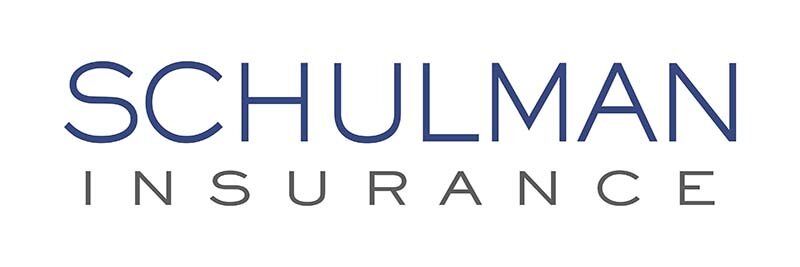Request for Information on Pharmacy Transparency
The Consolidated Appropriations Act, 2021 (“CAA”) imposes new reporting requirements related to pharmacy benefits and prescription drug costs that apply to group health plans and health insurance issuers. On June 21, 2021, the Departments of Labor, the Treasury and Health and Human Services (collectively, “the Departments”) issued a request for information (“RFI”) regarding this new requirement. The RFI will help the Departments formulate rulemaking to implement this new requirement.
While there are no action items for employers related to the RFI, it does lay out some initial questions related to this new requirement and provides some insight as to the Departments’ thinking.
Background
As previously reported, by December 27, 2021, and not later than June 1 of each year thereafter, the CAA requires group health plans and health insurance carriers offering group or individual health insurance coverage to submit a report to the Departments with respect to certain health plan and prescription drug information based on the previous plan year. Specifically, the report will include:
• beginning and end dates of the plan year;
• the number of participants, beneficiaries, or enrollees, as applicable;
• each state in which the plan or coverage is offered;
• the 50 most frequently dispensed brand prescription drug and the total number of paid claims for each such drug;
• the 50 most costly prescription drugs by total annual spending and the annual amount spent by the plan or coverage for each such drug;
• the 50 prescription drugs with the greatest increase in plan expenditures over the plan year preceding the plan year that is the subject of the report, and, for each such drug, the change in amounts expended by the plan or coverage in each such plan year;
• total spending by the plan or coverage broken down by the type of health care services;
• spending on prescription drugs by the plan or coverage as well as by participants, beneficiaries, and enrollees, as applicable;
• the average monthly premiums paid (broken out by employer and employee contributions);
• rebates, fees, and any other remuneration paid by drug manufacturers to the plan or coverage or its administrators or service providers, including the amount paid with respect to each therapeutic class of drugs and for each of the 25 drugs that yielded the highest amount of rebates and other remuneration under the plan or coverage from drug manufacturers during the plan year; and
• any reduction in premiums and out-of-pocket costs associated with these rebates, fees, or other remuneration.
Eighteen months after the date this information is submitted and biannually thereafter, the Departments will issue a report on prescription drug reimbursements under group health plans and group and individual health insurance coverage, prescription drug pricing trends, and the role of prescription drug costs in contributing to premium increases or decreases under such plans or coverage, aggregated so that no drug or plan specific information is made public.
Request For Comments
The RFI asks 41 questions related to this new reporting requirements (with some containing multiple sub-questions). Responses will be used to help formulate future guidance.
Some of the questions are summarized as follows:
• General implementation concerns. This includes: - What challenges do plans and issuers anticipate facing in meeting the statutory reporting obligations? For example, do plans or issuers currently have access to all the information they are required to report?
- How much time will plans and issuers need to prepare their data and submit it to the Departments? What data sources are readily available and which data may take longer to compile?
- Among group health plans, are there different considerations for reporting by fully insured versus self-funded plans, or for insured plans with small group versus large group coverage?
• Entities that must report. Will self-insured plans contract with third-party administrators to submit this information on behalf of the plan? What role will Pharmacy Benefits Managers (“PBMs”) play in furnishing necessary information to plans and will PBMs conduct some or all of the reporting?
• Information required to be reported. This includes: - How will the plan determine the 50 prescription drugs that are most frequently dispensed and the 50 drugs with the greatest increase in expenditures?
- How will the plan determine the 25 drugs with the highest amount of rebates from drug manufacturers during the plan year?
- Compliance costs. What costs or other impacts do plans anticipate from implementing this new reporting requirement?
Employer Action
As this is just an RFI, there are no action items at this time. However, this information is helpful to understand the complexities of this upcoming reporting requirement. It is likely the Departments will issue regulations at a later date.

